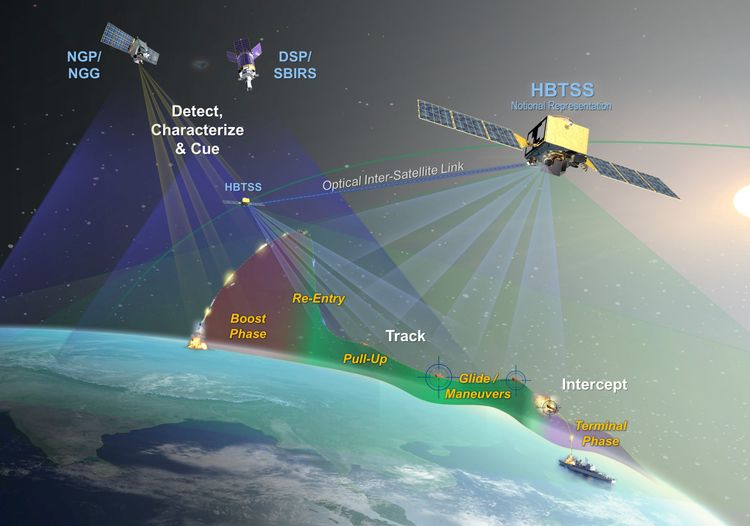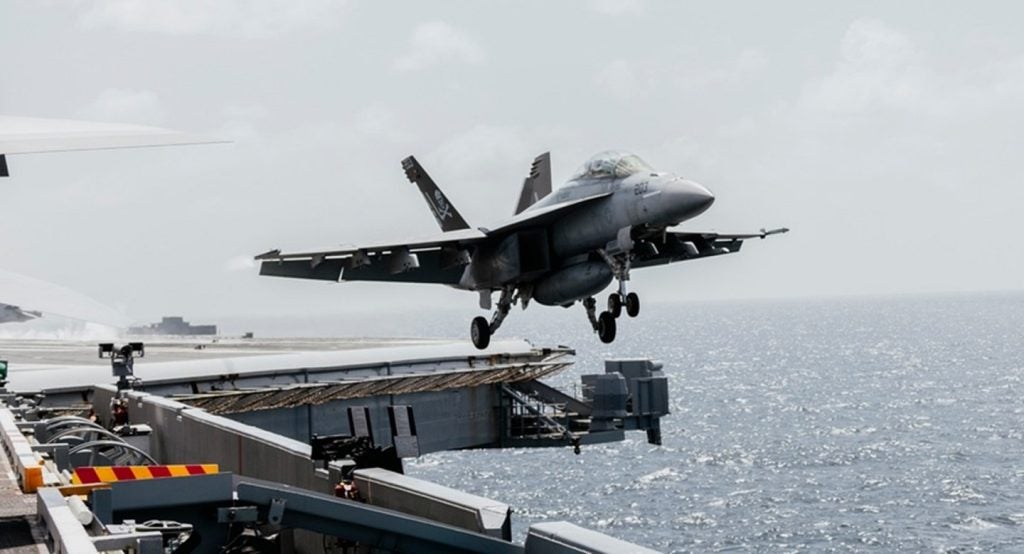
Northrop Grumman has achieved a milestone with the completion of the Hypersonic and Ballistic Tracking Space Sensor (HBTSS) prototype’s critical design review (CDR).
The company is developing the prototype under contract with the US Missile Defense Agency (MDA).
According to the company, the CDR is aimed at establishing the company’s technical approach for precise and timely sensor coverage so as to defeat hypersonic missiles.
The latest development follows Northrop’s receipt of a $153m contract from MDA earlier this year for the HBTSS programme’s Phase IIB part.
HBTSS satellites are designed to provide ‘continuous tracking and handoff’ to allow the targeting of enemy missiles launched from sea/air/land.
The satellites form a key part of the Overhead Persistent Infrared (OPIR) multi-layered satellites constellation.
How well do you really know your competitors?
Access the most comprehensive Company Profiles on the market, powered by GlobalData. Save hours of research. Gain competitive edge.

Thank you!
Your download email will arrive shortly
Not ready to buy yet? Download a free sample
We are confident about the unique quality of our Company Profiles. However, we want you to make the most beneficial decision for your business, so we offer a free sample that you can download by submitting the below form
By GlobalDataAccording to the company, the constellation is built to sense heat signatures that help identify and track missiles from their initial launch stages until interception.
Furthermore, the satellites can track ‘near-global reach’ threats when interfered with by other OPIR systems, even before they come into US ground-based defences’ contact.
Northrop Grumman OPIR and geospatial systems vice-president Sarah Willoughby said: “When it comes to national safety, there’s no room for error.
“This critical design review puts Northrop Grumman on track to deliver a vital component of our missile defence architecture to keep the US and its allies safe against hypersonic threats.”
The HBTSS prototype is expected to be delivered in 2023, after which the company will conduct an on-orbit test.
This will be conducted to showcase the prototype’s ability to repeatedly track and quickly process observations of hypersonic threats.
The company noted that it will also demonstrate the prototype’s ability to effectively hand off the information to intercept the missile.
In 2019, MDA awarded Northrop, L3Harris, Raytheon and Leidos a study contract as the prior phase in the HBTSS development programme.
In December later that year, MDA awarded contracts to these four companies for the second phase of the HBTSS programme.







